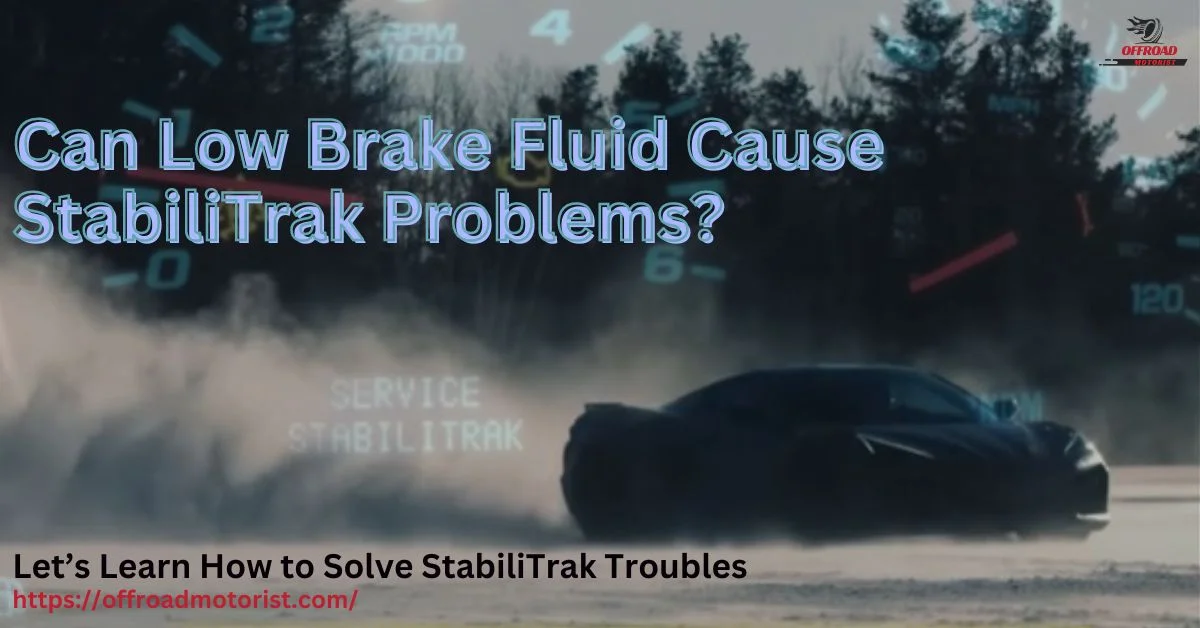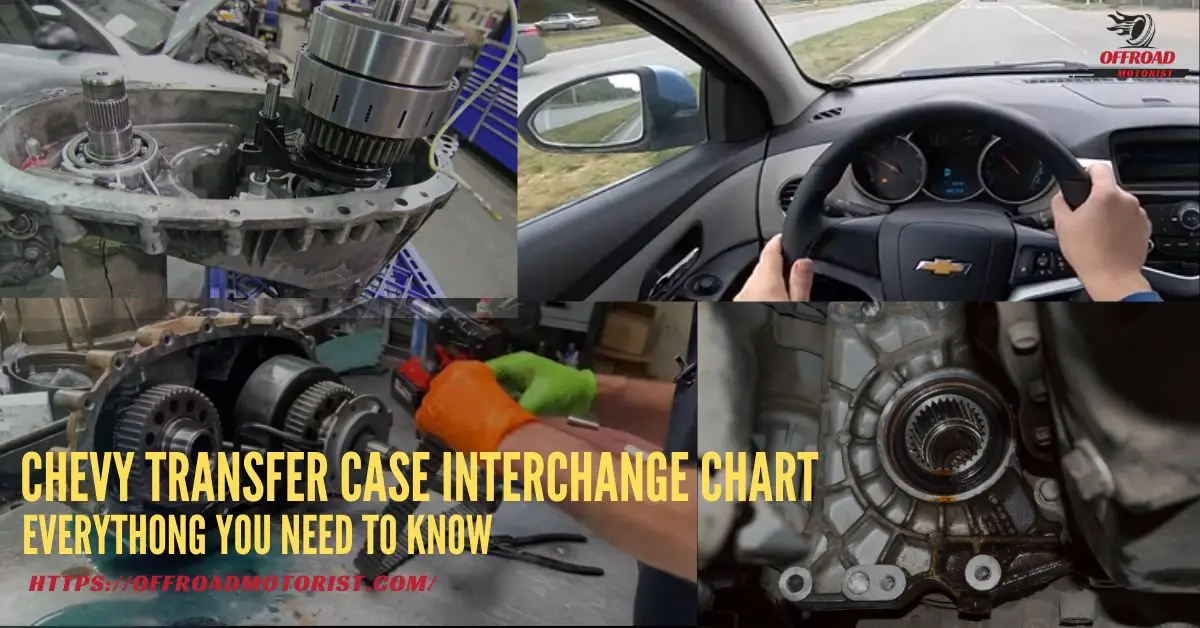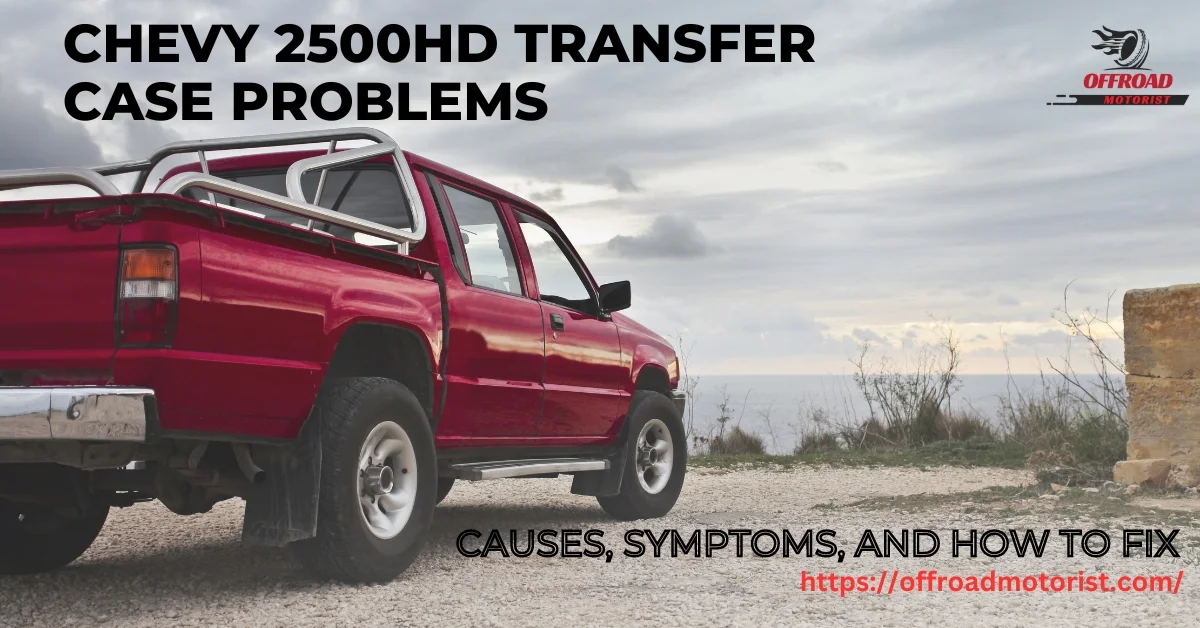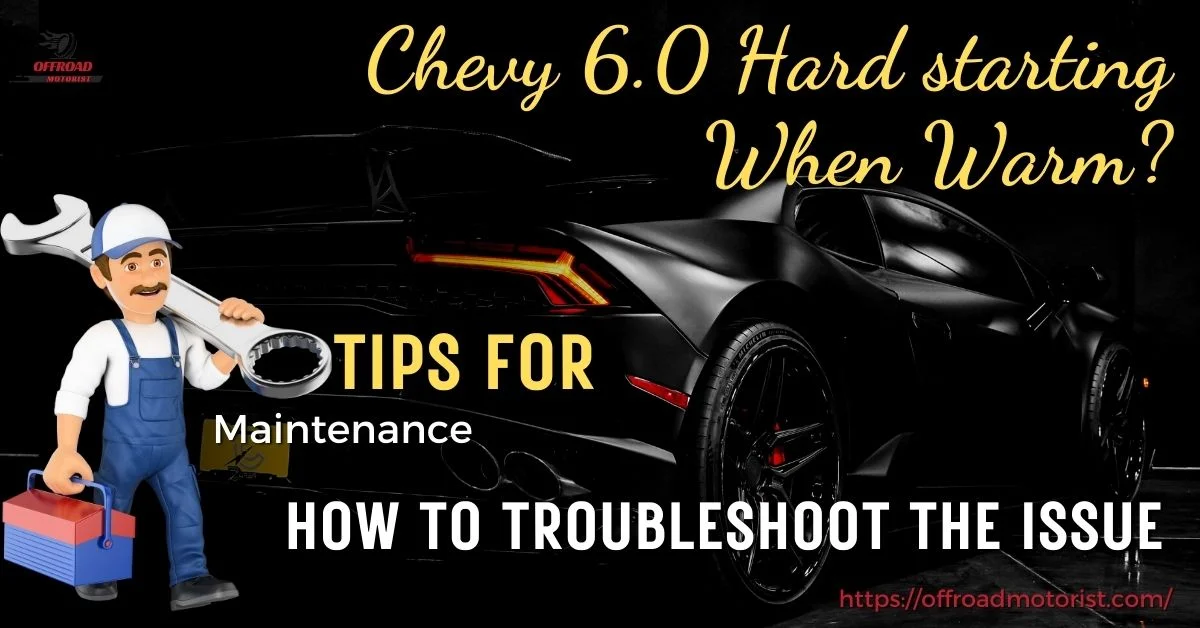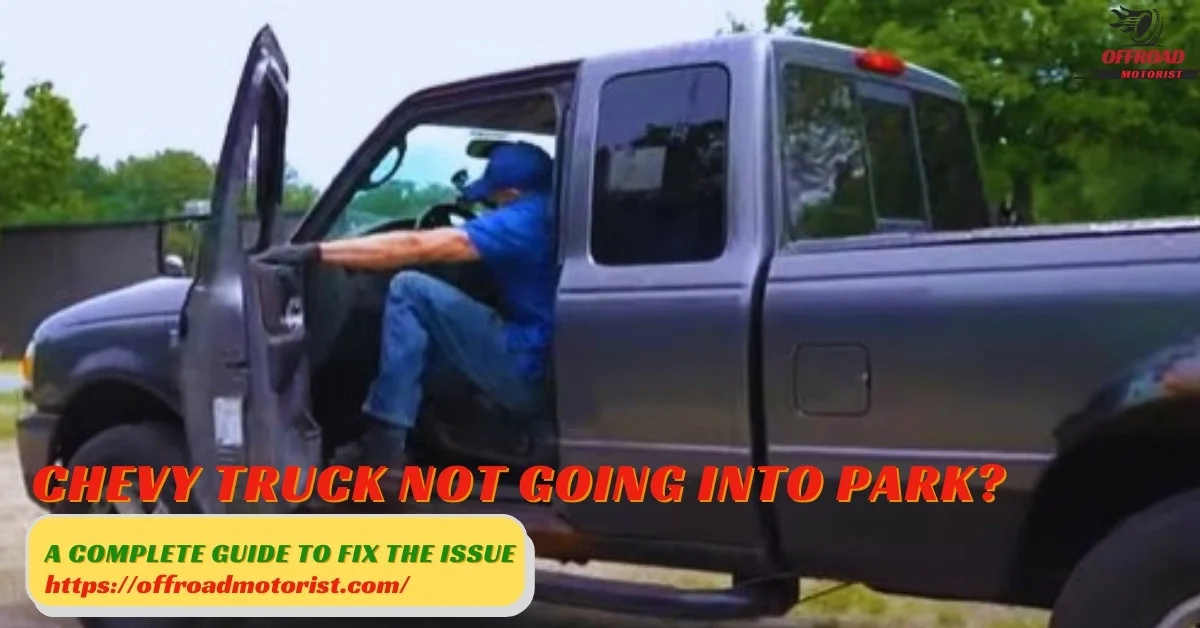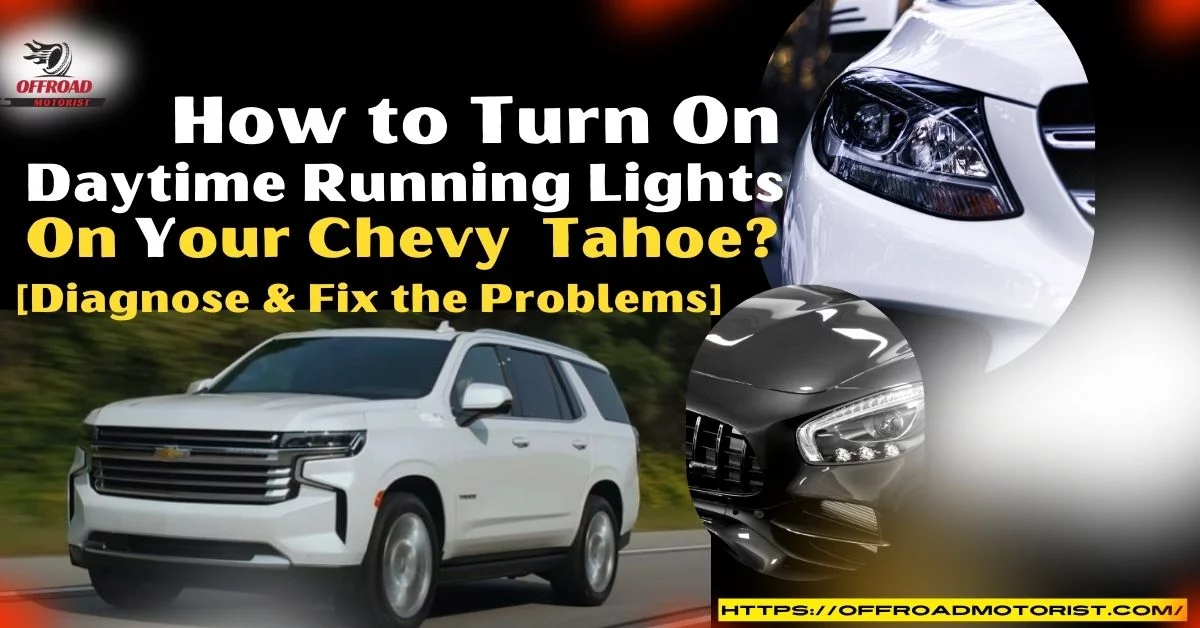Silverado Clicking Noise From Rear End! Let’s Track It Down & Solve The Issue
Silverado trucks are a road staple, known for their toughness and versatility. However, some owners have reported a pesky clicking noise from the vehicle’s rear end.
This can be a frustrating problem, and it’s important to address it as soon as possible. In this blog post, we’ll look at the common causes of Silverado clicking noise from rear end and provide solutions to help you diagnose and fix the issue.
Whether a seasoned Chevy mechanic or a first-time Silverado owner, this guide will give you the information you need to get to the root of the problem and get your truck back on the road.
So, if you’re hearing a clicking noise coming from your Silverado’s rear end, don’t wait; get the information you need to take action and get your truck running like new again.
Causes of the Silverado Clicking Noise from the Rear End
Clicking noise from your Chevy Silverado can be a frustrating and confusing problem to diagnose. It can be caused by various issues, some of which are more serious than others.
The most common causes of clicking noise include worn-out differential gears, loose or damaged drive shafts, and worn-out bearings. Other possible causes and how to diagnose them are:
Worn-out differential gears
Over time, the gears inside the differential can wear down and lose their smoothness. This can cause a clicking noise when turning, particularly when making tight turns or navigating through sharp corners.
This issue is typically caused by a lack of regular maintenance and can be diagnosed through a visual inspection and by checking for any signs of wear or damage on the gears.
Loose or damaged driveshaft
The drive shaft is responsible for transmitting power from the transmission to the wheels. If the drive shaft becomes loose or damaged, it can cause a clicking noise when the vehicle is in motion.
This issue can be caused by worn-out or damaged universal joints or by damage to the drive shaft itself. Performing a visual inspection and checking for any signs of wear or damage on the drive shaft and universal joints can be diagnosed.
Worn-out bearings
Bearings are used in various vehicle parts, including the wheels, transmission, and differential. Over time, these bearings can wear out and lose their smoothness.
This can cause a clicking noise when the vehicle is in motion. This issue can be caused by a lack of regular maintenance and can be diagnosed by inspection and by checking for any signs of wear or damage on the bearings.
Other possible causes and how to diagnose them
Other possible causes of clicking noise include worn-out CV joints, which connect the drive shaft to the wheels and allow for steering. Worn-out wheel bearings in the wheel hub can also cause a clicking noise.
Also, a damaged exhaust system can lead to a clicking noise. Diagnosing the cause of the clicking noise can be done by performing a visual inspection of the vehicle and using specialized diagnostic tools to pinpoint the problem.
How to Troubleshoot Silverado Clicking Noise from the Rear End
When you hear a clicking noise from your vehicle, it can be difficult to know where to start troubleshooting the problem. However, with knowledge and careful inspection, you can often pinpoint and fix the issue quickly.
Here are some tips on troubleshooting the noise and diagnosing the problem: The steps to diagnose the clicking noise:
Diagnosing the Clicking noise from the rear end of your Silverado Truck is a Complex process. Here are some simple steps you can follow to determine the issue:
- Start by inspecting the rear-end components of your vehicle, looking for any signs of wear or damage on the gears, bearings, and drive shaft.
- Take the vehicle for a test drive and listen for the clicking noise. Try to identify the exact location of the noise, whether it’s coming from the front or rear of the vehicle, and whether it’s more pronounced when turning or driving straight.
- Check the CV joints and wheel bearings for any signs of wear or damage.
- Inspect the exhaust system for any damage or leaks causing the noise.
- Once you have identified the problem, take your vehicle to a mechanic for further diagnosis and repair.
Even with a proper inspection, it is possible that the problem could still be difficult to diagnose. In this case, it is recommended to take the vehicle to a professional mechanic for further diagnosis and repair.
Repair Options for Silverado Clicking Noise from the Rear End
Repair options for a clicking noise in a vehicle can vary depending on the specific issue causing the noise. Some common repair options include
01. Replacing the worn or damaged part:
This option involves replacing the specific component causing the noise, such as the gears, bearings, or drive shaft. This option is often the most cost-effective and can be completed relatively quickly.
However, it may not address any underlying issues that may have caused the wear or damage in the first place.
02. Rebuild the differential:
This option involves disassembling the differential, replacing any worn or damaged parts, and then reassembling it. This option can address any underlying issues and be more cost-effective than replacing the entire differential.
However, it can be more time-consuming and require specialized tools and knowledge.
03. Replace the entire differential:
This option involves removing the old differential and installing a new one. This option can address any underlying issues and is often the most reliable. However, it can be more expensive and require more time and specialized tools.
Note: Continuing to drive a vehicle with a damaged differential or drive shaft can further damage and compromise the vehicle’s safety.
How to decide which repair option is best for your specific situation:
It is important to address the problem immediately to prevent further damage or safety hazards. To decide which repair option is best for your specific situation, consider the following options:
- Consider the age and condition of the vehicle, as well as the cost and availability of replacement parts.
- Consider your budget and how much you’re willing to spend on repairs.
- Consider how long you plan to keep the vehicle and whether a more expensive option may be more cost-effective in the long run.
- Consult a professional mechanic for expert advice and opinion on your situation’s best course.
Note: When repairing the clicking noise, it is important to consult a professional mechanic for expert advice and opinion on the best action for your specific situation.
Prevention and Maintenance for Silverado’s Clicking Noise
Regular maintenance and preventative measures can help prolong the life of your vehicle’s rear-end components and reduce the likelihood of experiencing issues such as clicking noise.
01. Consult your vehicle’s owner’s manual or a professional mechanic for the specific maintenance schedule for your vehicle. You can follow these maintenance schedules to keep your Silverado’s rear end in top condition:
02. Check and maintain the rear-end components, such as the gears, bearings, and drive shaft, for any signs of wear or damage. Check these at every oil change or 10,000 miles.
03. Check the CV joints and wheel bearings for any signs of wear or damage every 15,000 miles.
04. Check the exhaust system for any damage or leak every 20,000 miles.
05. Check and maintain the drive line, including the drive shaft and u-joints, for any signs of wear or damage every 30,000 miles.
06. Perform alignment and balance of tires every 20,000 miles, which can help prevent excessive wear on the rear-end components.
Note: These are general guidelines, and the specific maintenance schedule for your Silverado’s rear end may vary depending on your vehicle’s age, make, model, and driving conditions.
What if Your Chevy Truck Won’t Shift Out of Second Gear? Click here for practical troubleshooting and repair solutions.
FAQs:
In this session, we’ve compiled a list of common questions and answers to help you understand more about clicking noise from Silverado’s rear end. Hope these answers will help your decision-making and enrich your knowledge.
What signs indicate a problem with the differential In a Silverado?
Loud clicking or whining noises, vibrations or shaking while driving, difficulty turning, or a burning smell coming from the vehicle’s rear.
How much does fixing the clicking noise in my Silverado’s rear end cost?
The cost to fix the clicking noise in a Silverado’s rear end will depend on the cause of the problem. For example, a worn or damaged bearing may cost less to fix than a damaged differential gear.
Can I continue to drive my Silverado if it has a clicking noise in the rear end?
While it may be possible to continue driving your Silverado if it has a clicking noise in the rear end, it is recommended to have the problem inspected and repaired as soon as possible.
How long does it take to fix the clicking noise in my Silverado’s rear end?
It will depend on the problem’s cause and the parts’ availability. A simple fix like replacing a worn bearing may take a few hours, while a more complex issue like replacing a damaged differential gear may take several days.
Can axles cause a clicking noise in the rear end of my Silverado?
Yes, a clicking noise in the rear end of a Silverado can be caused by a problem with the axles. Worn or damaged axles can cause noise and vibrations while driving and can also cause difficulty turning.
Is the clicking noise from a Silverado’s rear end dangerous?
A clicking noise in the rear end of a Silverado can indicate a problem with the differential or drive shaft, which, if left unrepaired, can lead to further damage and potentially compromise the vehicle’s safety.
Final Thoughts
We hope this post has helped provide information on how to troubleshoot and repair the clicking noise from the rear end of a Silverado.
As with any automotive repair, it’s important to consult a professional mechanic for help with troubleshooting and repairing the clicking noise from the rear end of a Silverado.

